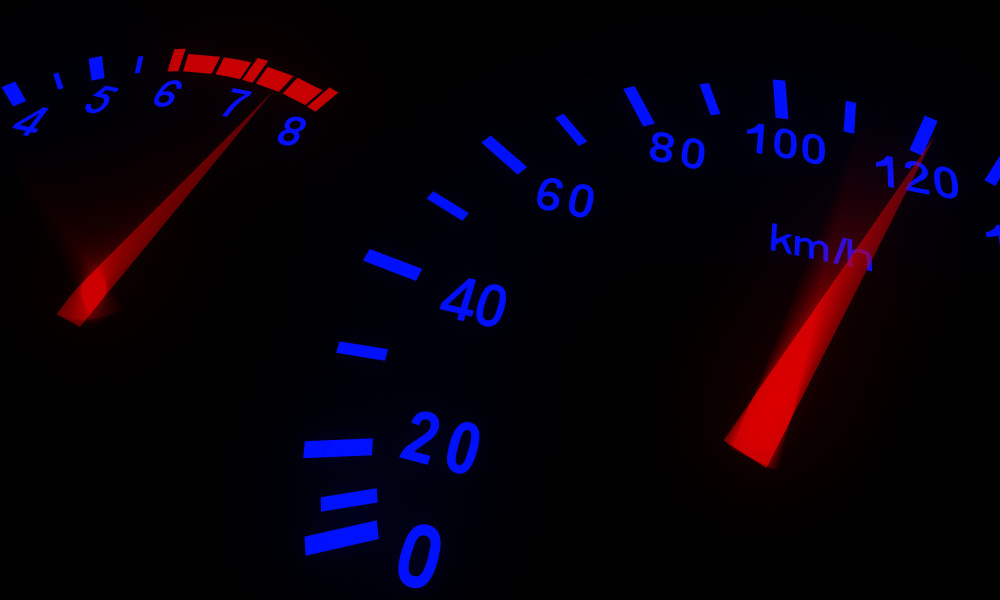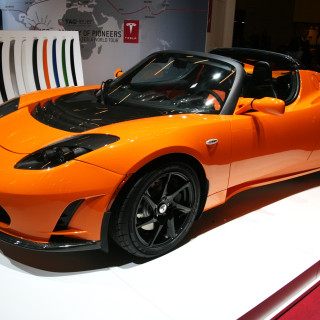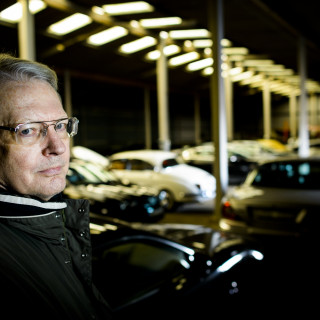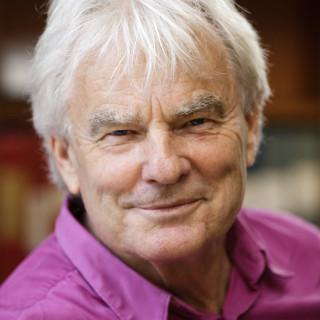Urban speed limits should be lowered
Traffic researchers at Lund University have concluded that vehicles should not drive faster than 30 km/h in urban areas, after analysing and compiling the research of recent years on speeds and sustainability. They have also analysed accidents involving pedestrians. This is the first study of its kind to be carried out.
“All areas of the city would benefit from lower speeds, while the disadvantages are minimal. Below 30 km/h the risk of death is close to zero. At 50 km/h, the risk of dying or suffering serious injury is around 20 times higher. Last year in Sweden, 52 people died on roads with a speed limit of 50 km/h”, says Andras Varhelyi, a traffic researcher at Lund University who conducted the analysis with colleagues Åse Svensson and Christer Hydén.
Their recommendation applies in urban areas where pedestrians and cyclists interact with motor vehicles. It involves much more than just putting up 30 km/h signs, which have little effect. What is required is a new way of using city spaces and adapting vehicles to improve the way the interplay between different road users functions.
Fundamentally, it requires a system shift. People over the age of 60 are particularly vulnerable in crashes at speeds of over 30 km/h. Previously, it was believed that there was no correlation between age and injury risk for pedestrians who are hit by a car, but new findings show that each age group has its own chart.
“Below 30 km/h the risk of death is close to zero. At 50 km/h, the risk of dying or suffering serious injury is around 20 times higher.”
Other studies show that at 30 km/h and under, drivers interact with cyclists and pedestrians on more equal terms, but that this interplay is significantly more imbalanced at 50 km/h. According to the researchers, this kind of interaction is crucial for a functioning traffic environment.
“Drivers’ readiness to give way to cyclists is strongly linked to speed. At 30 km/h and under, 70 per cent give way. Cars are not obliged to give way to cyclists at crossings, but at low speeds it happens spontaneously”, says Andras Varhelyi, adding:
“At low speeds, most traffic lights can be removed, as people are much more efficient in their interactions with one another than with control algorithms. Moreover, cars require less space, because shorter distances are needed between them. Noise is also reduced proportionally. Exhausts could be considerably lowered in the future, when the performance of new vehicles is adapted to the requirements of low speeds in urban areas. The only disadvantage is that journeys will be somewhat slower.”
“However, the differences are marginal. The average speed in urban areas at the moment is 25 km/h. Reducing the speed limit on some stretches where it would be possible to drive faster than 30 km/h would barely affect journey times, because you have to slow down and stop at traffic lights and when interacting with other traffic”, says Christer Hydén.
The researchers stress that cars are a flexible mode of transport, but that their speed is not adapted to life in cities. For instance, they would like to see the possibility of a city setting on cars.
“Today’s engines are optimal for speeds of 50–90 km/h and are thus not adapted for urban driving. More research is needed on how a system where it is not possible to drive faster than 30 km/h would work in practice and how it would be perceived by city residents”, says Åse Svensson.
According to the researchers, the Swedish Transport Administration sometimes has overly lax recommendations. Safe crossings, for example, are defined as ones where 85 per cent of cars drive at less than 30 km/h.
“This means that it is okay for 15 per cent of vehicles to pass at a speed of more than 30 km/h! Experience shows that this group take greater risks than the average driver”, says András Várhelyi, adding that present speed limits are easily redefined by drivers.
“I hope that this overview could serve as an eye-opener. Previously, there has not been any compiled data like this from which to work.”
The researchers are keen to proceed and test low speed strategies on a larger scale in cities that are interested. This is the only way to gain sufficient knowledge of all the effects, they say – knowledge that local authorities need in order to make policy decisions.
Text: Kristina Lindgärde
Published: 2013











